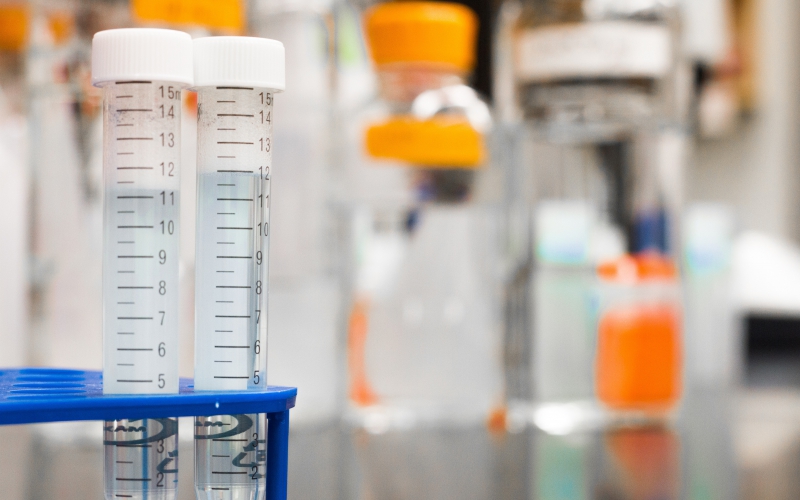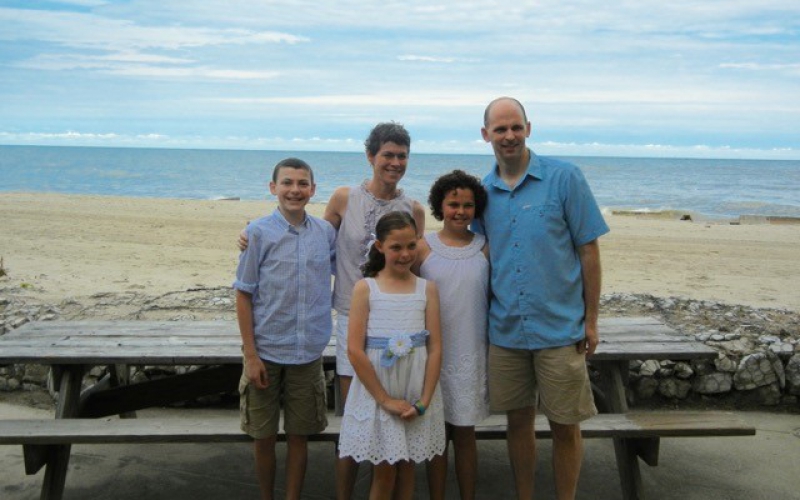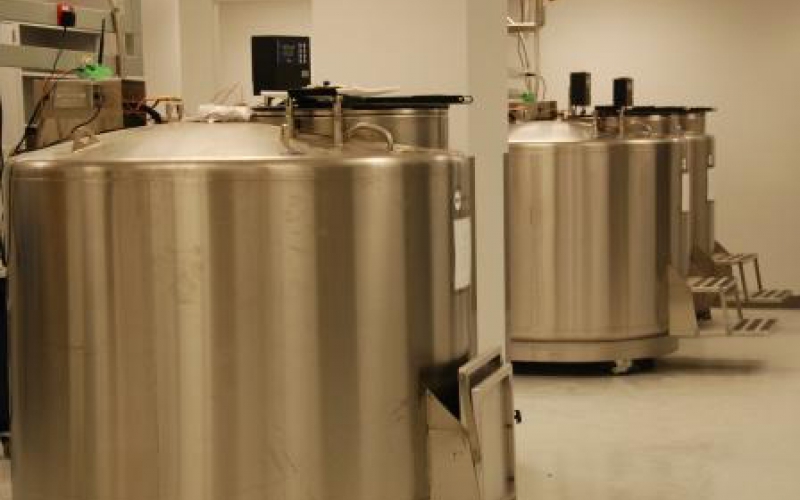Down in Lubbock, Texas, researcher Dr. Patrick Reynolds is working to grow cancer cell lines in order to eventually cure childhood cancer. Funded in part by Alex’s Lemonade Stand Foundation, Dr. Reynolds leads the Childhood Cancer Cell Repository, a bank of about 450 cancer cell lines and 75 genomic models. As researchers focus on targeted therapies for children, cell lines and genomic models offer invaluable clues. To date,... Read More
The Childhood Cancer Blog
Welcome to The Childhood Cancer Blog
from Alex's Lemonade Stand Foundation!

by Trish Adkins
For Eden, the trouble began when she was 10 years old. The trouble had a name: pain. It seemed normal at first—maybe a side effect from dancing or growing. But then it never went away and then, suddenly, Eden could not dance anymore.
“I knew in my heart it was more than growing pains,” said Eden’s mom, Shannon.
A MRI revealed the source of the pain: a tumor on her leg. And not just any tumor, it was a tumor so rare that it had never been seen before. They nicknamed it Eden’s Tumor. Eden’s doctor,... Read More

Children with certain types of hard-to-treat childhood cancers just got another huge dose of hope. Last week, the U.S. Food and Drug Administration (FDA) granted accelerated approval to a drug called Vitrakvi (also known as larotrectinib), making the treatment available to children with cancers that are NTRK fusion-positive.
... Read More




